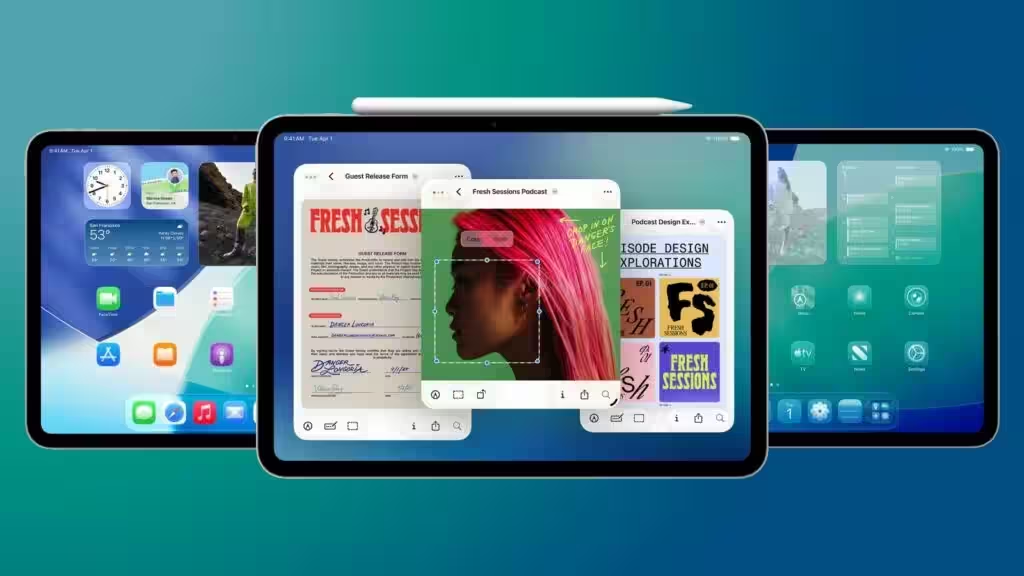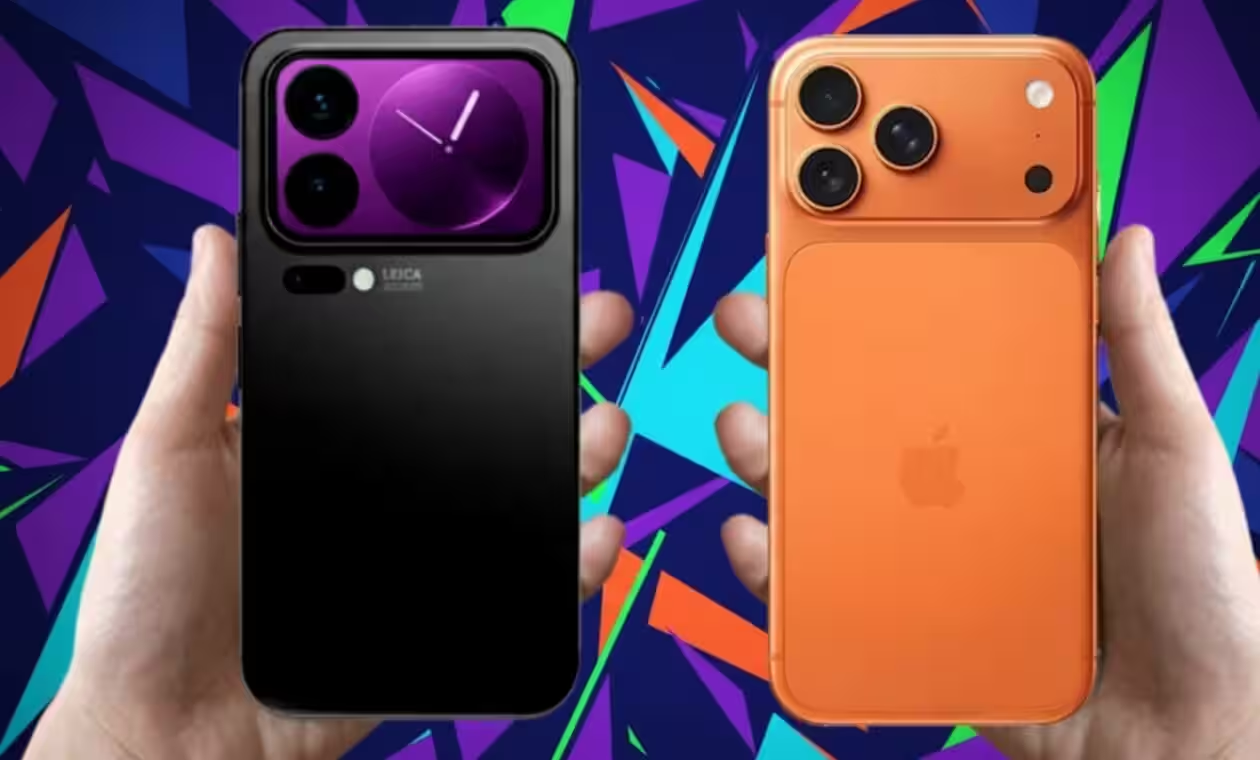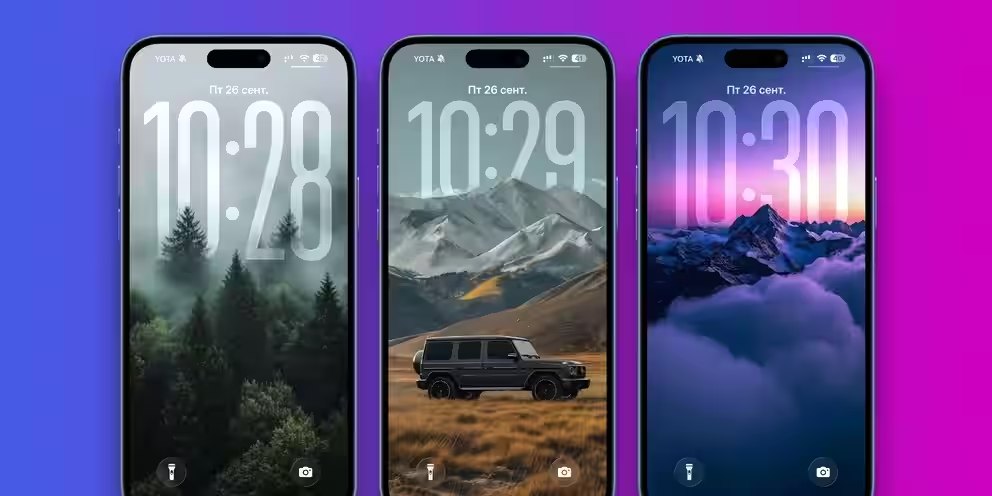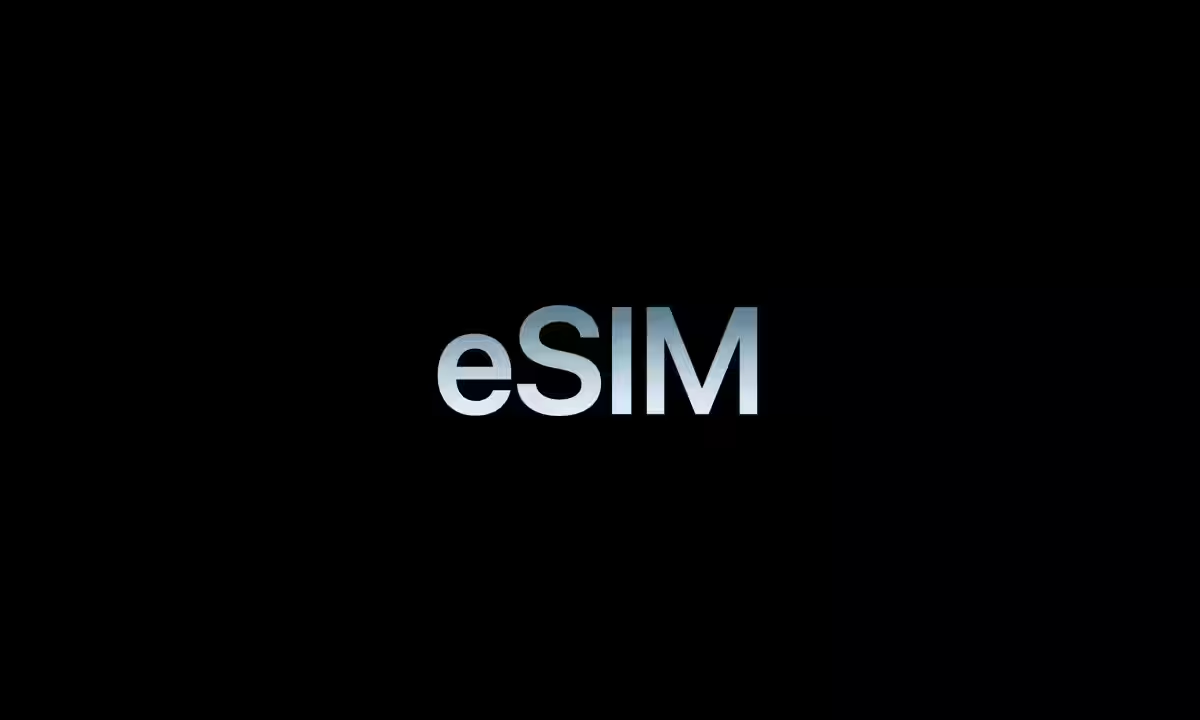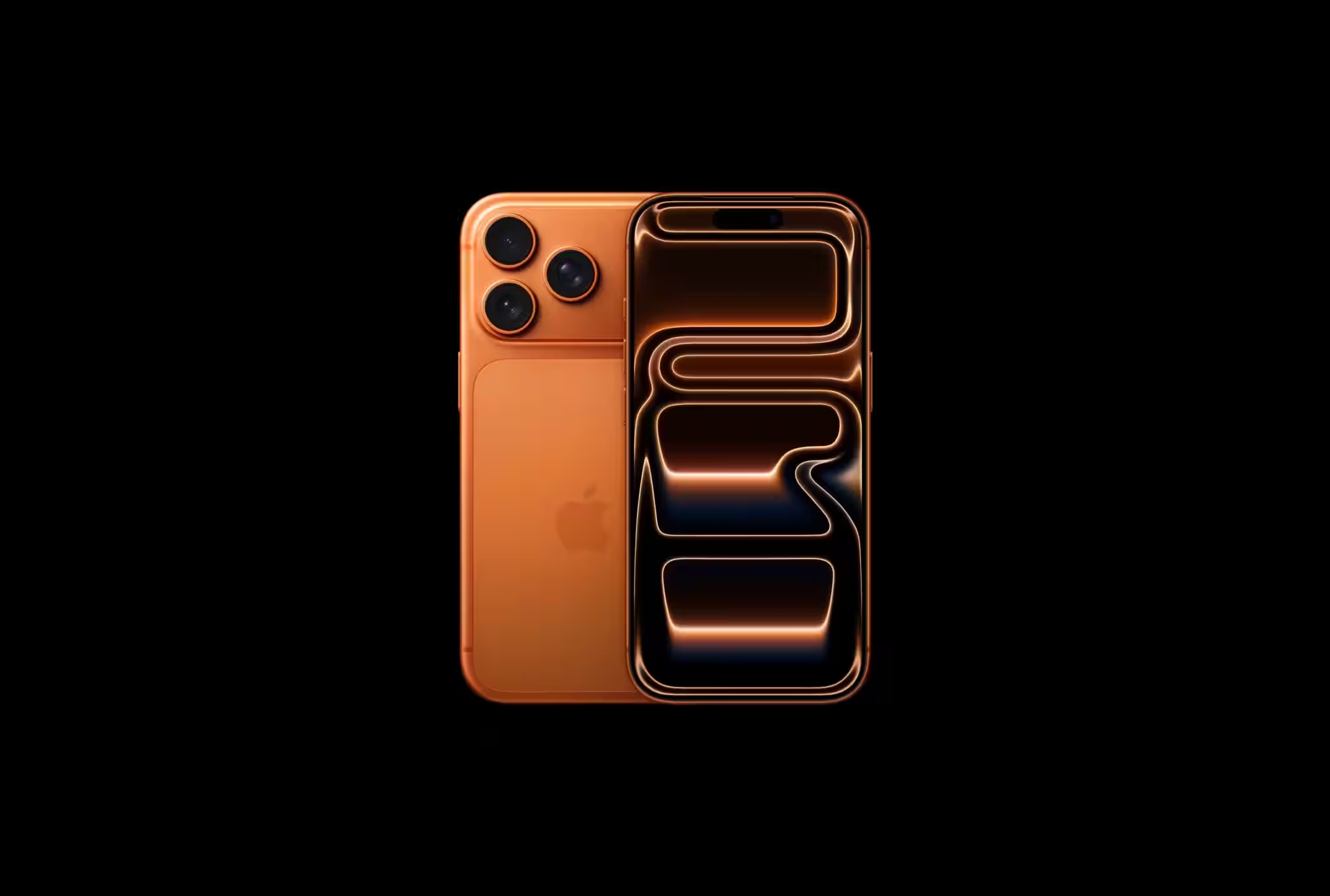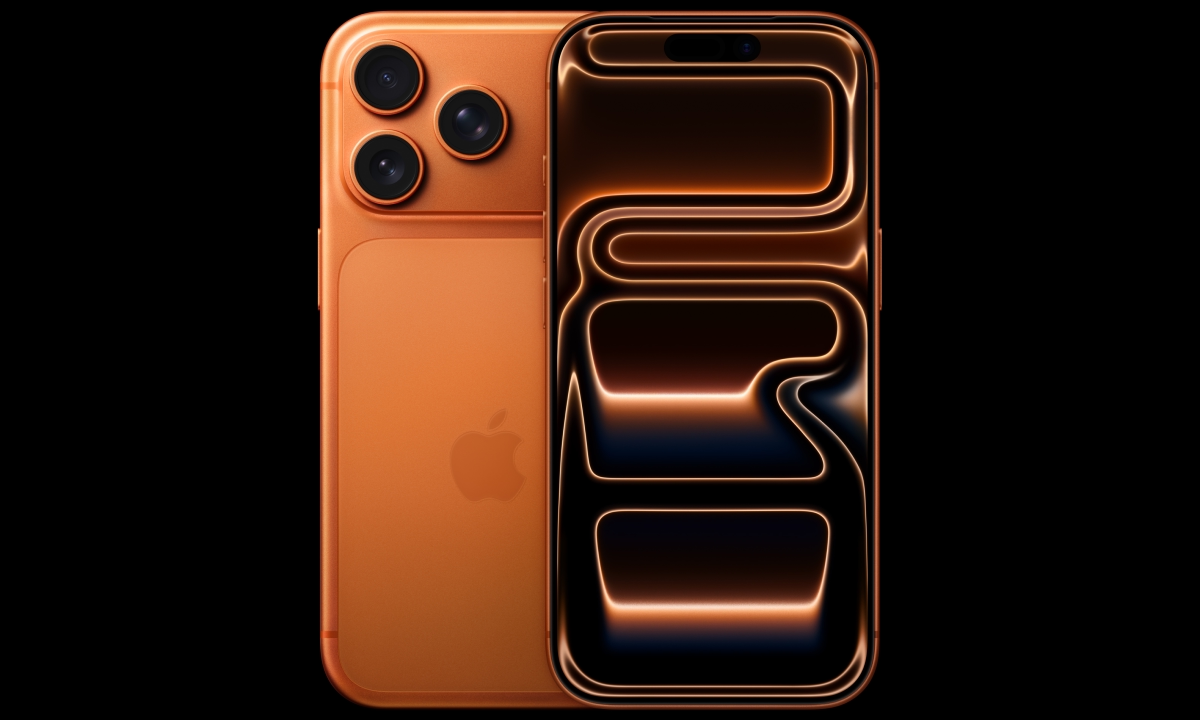Samsung Galaxy XR: an impressive first look at a headset that you still have questions about
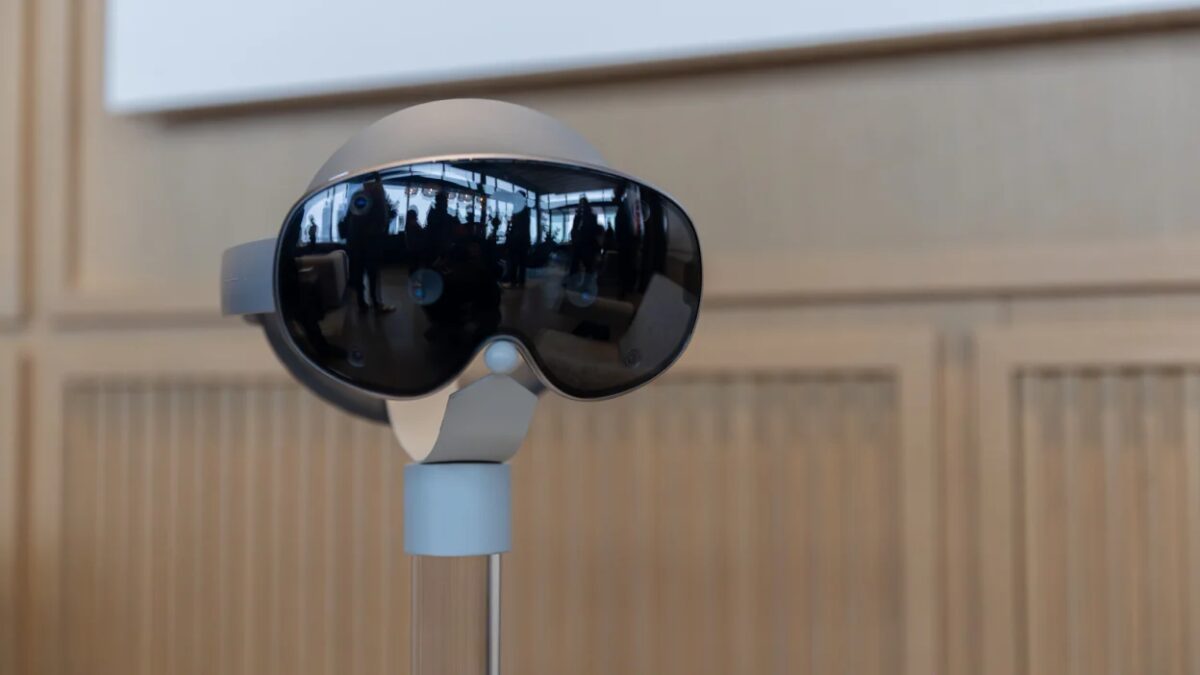
A Mashable journalist tested the Samsung Galaxy XR headset (Project Moohan) and shared his first impressions. The device impressed with its comfort, display, and AI capabilities, but left one major question – why it’s needed.
What is the Galaxy XR
The Galaxy XR is a hybrid VR, AR, and XR device with support for 8K video, spatial audio, and Gemini artificial intelligence. The model costs $1,799.99 – half the price of the Apple Vision Pro, but more expensive than the Quest 3. The headset runs on the new Android XR platform created by Samsung and Google.
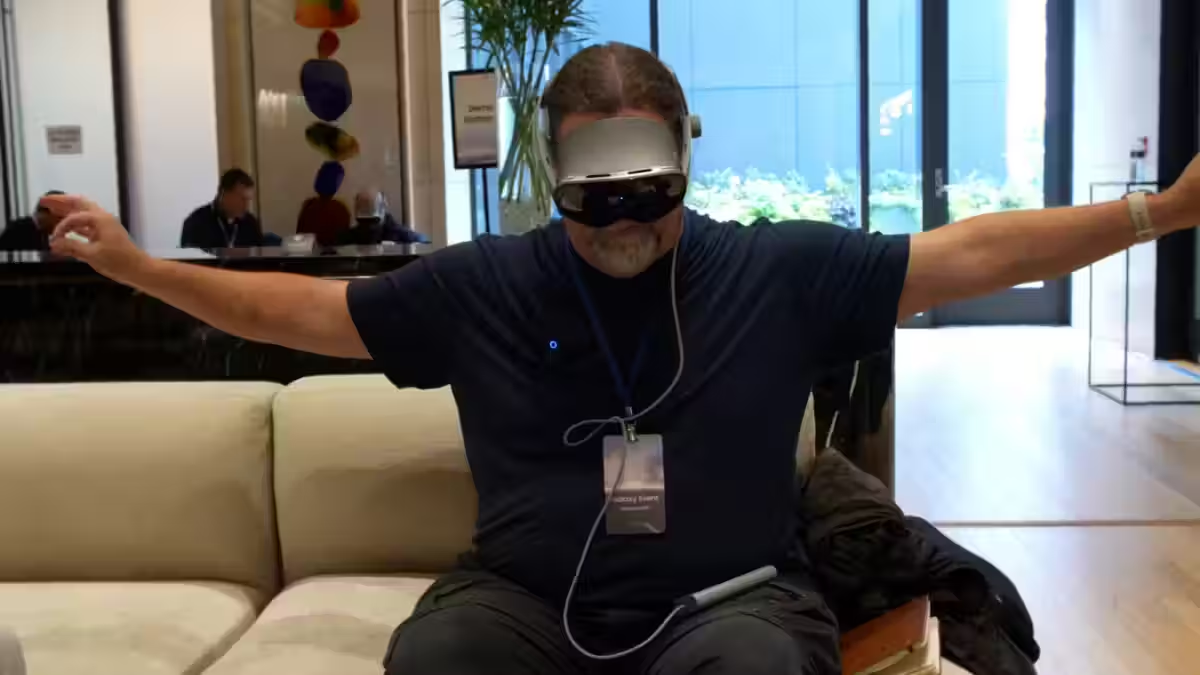
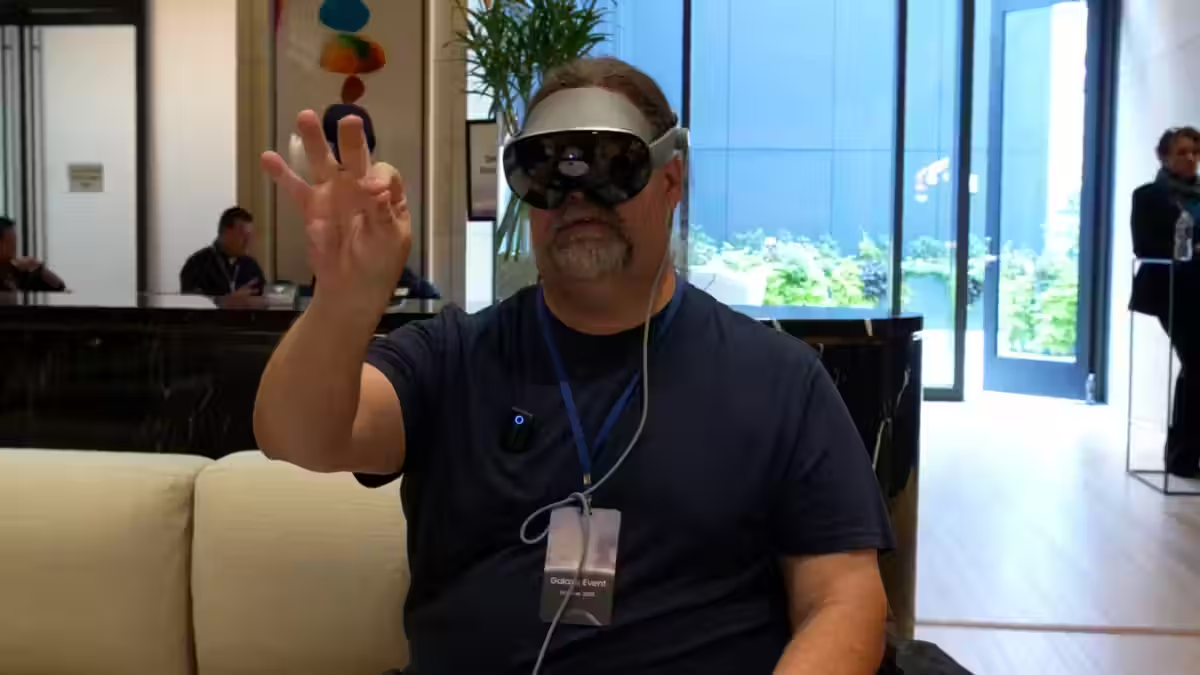
First impression: convenient, technological, but unclear why
The test session took place in New York City, led by a Samsung representative. The reviewer said the Galaxy XR was the most comfortable headset he’d tried, weighing in at 545 grams, with an adjustable strap and a separate battery that plugs in with a cable and fits in a pocket.
Inside, there are two micro-OLED displays with a resolution of 3552×3840 pixels, providing 8K HDR video. A passthrough mode is available via cameras and sensors – users see the environment in real time by interacting with it with gestures. Basic commands are performed with pinch and palm motions, and you can move windows, open apps, and even connect a keyboard and mouse.
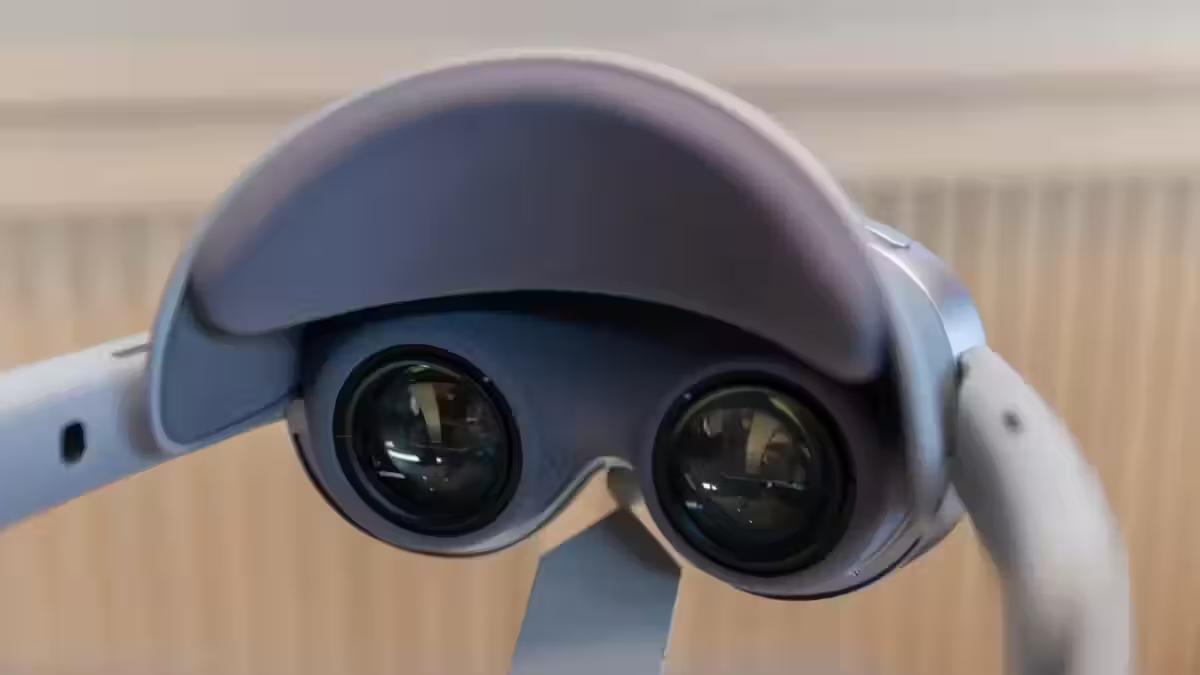
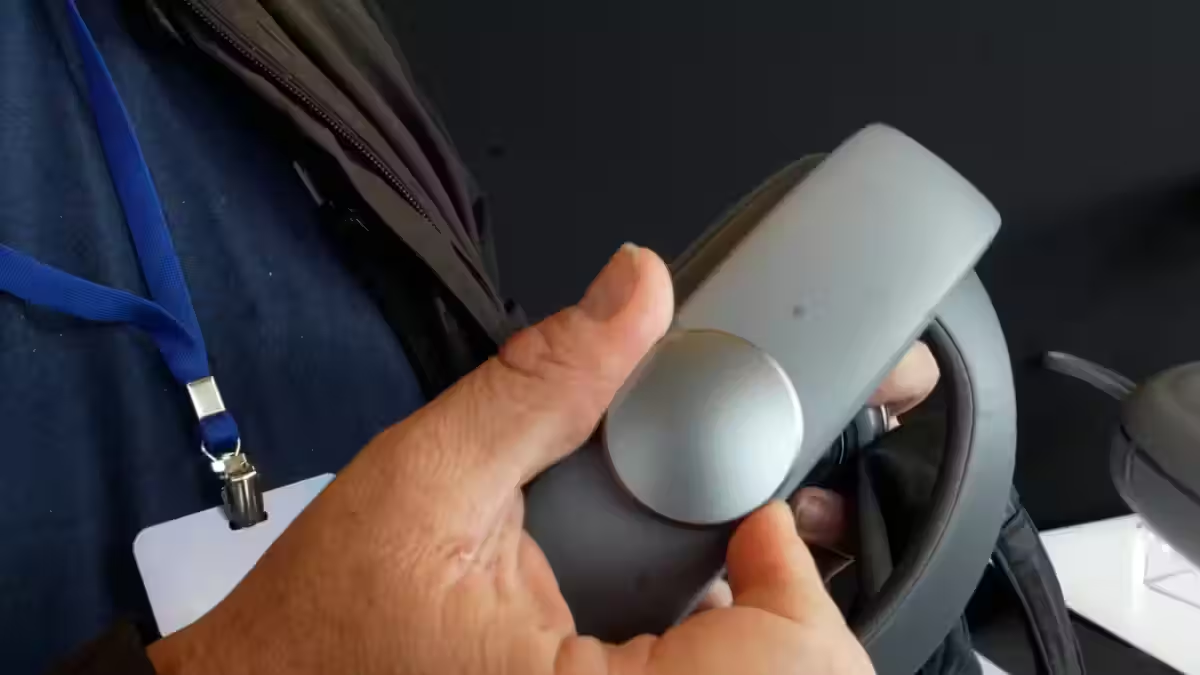
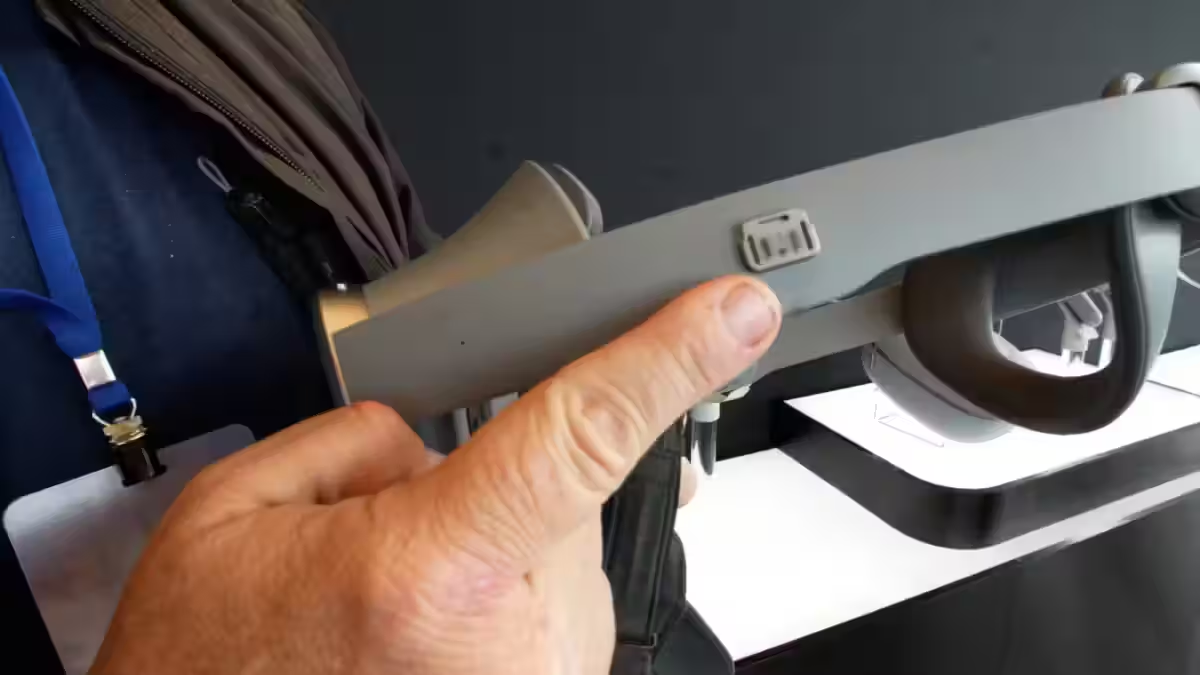
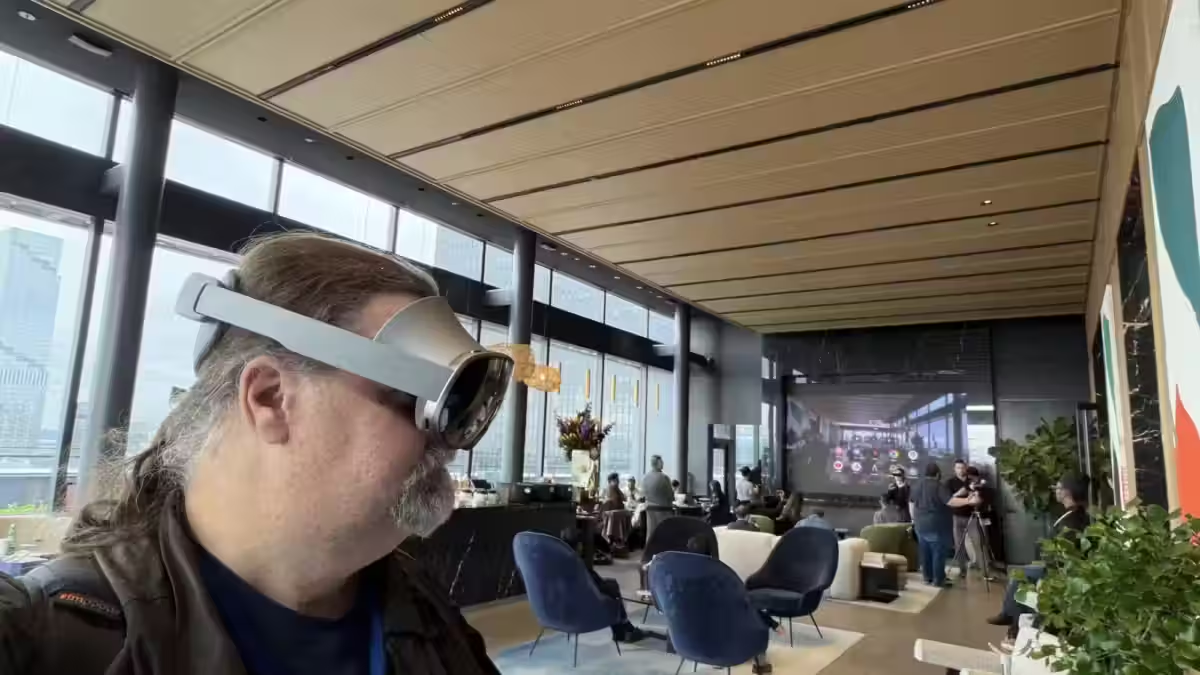
Spatial content and Gemini features
The headset’s main feature is “spatializing” content with AI. Google Photos can turn any photo into a three-dimensional scene, and Gemini can even colorize and “revive” old photos. The effect is impressive, although it can look a little artificial at times.
On YouTube, users can edit clips, add captions and emoji, and upload them as regular or spatial video. The AI can also convert other people’s 2D videos, but so far it’s been a bit buggy: in some scenes, such as with hair fluttering, the system got the depth wrong.
Limitations and Unresolved Issues
According to Samsung, at launch, the Galaxy XR is designed for stationary use – sitting down, without the ability to move around like the Vision Pro. That means you can’t clip the virtual windows around the house or use the headset on the go.
The Galaxy XR is designed to be used while sitting down, without the ability to move around like the Vision Pro.
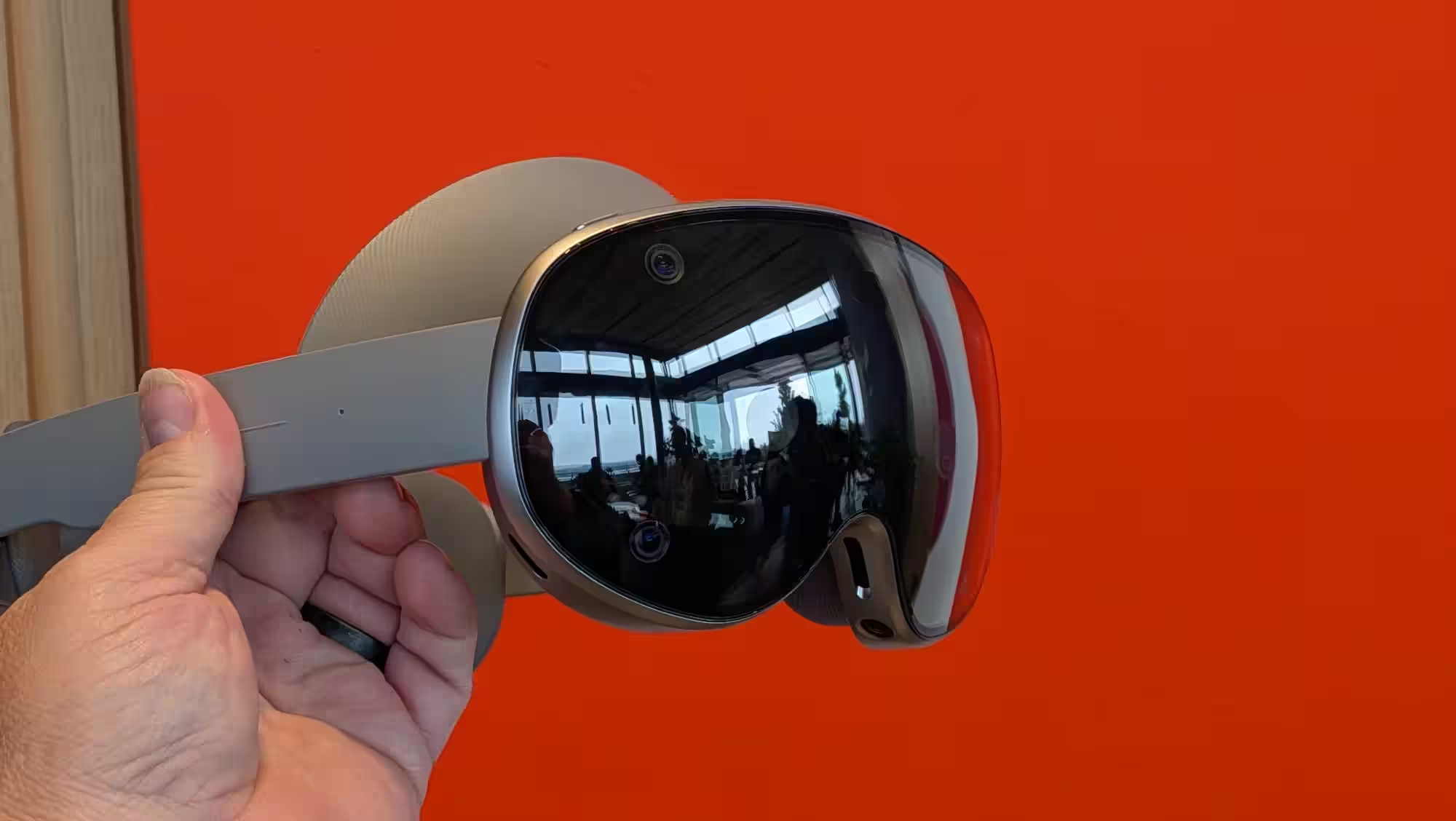
The other downside is the lack of native content. Most apps on Google Play will just display in 2D, with spatial versions coming later. Gemini will temporarily compensate for this gap, but it won’t completely replace full-fledged XR content.
The big question is: Why?
After the demonstration, the journalist admitted that he still didn’t understand why the masses need such a headset. “What can I do in it that I can’t do on a computer or a phone?” – he asks. Without unique usage scenarios, he believes, the Galaxy XR risks repeating the fate of most VR helmets: technologically brilliant, but lacking a killer app.
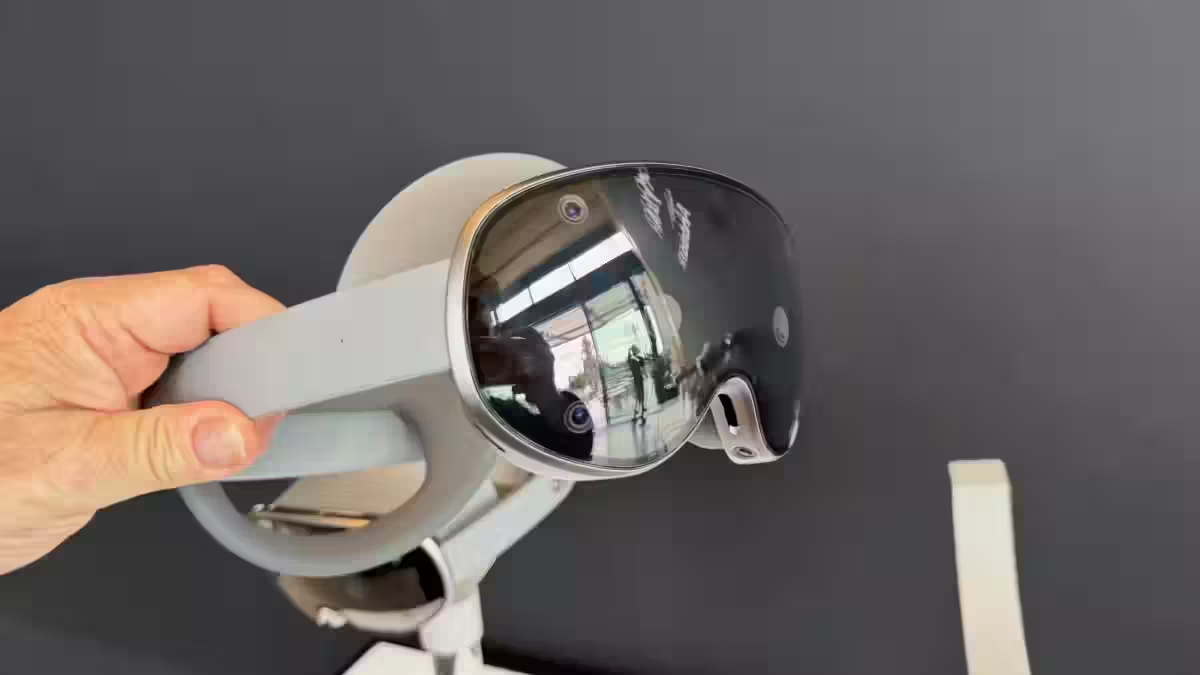
That said, Samsung and Google could turn things around if they can prove that the XR is capable of becoming a new familiar platform. For now, the Galaxy XR remains an impressive showcase of technology – and a device that’s looking to find its purpose.


